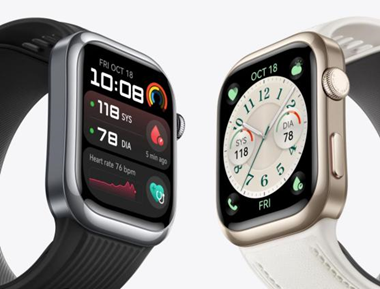Maintaining a healthy diet doesn’t have to be complicated
or expensive. With the right strategies, you can eat nutritious meals that
support your overall well-being while staying within your budget. Healthy
eating is a cornerstone of maintaining good health, supporting energy levels,
and even managing conditions like blood pressure. Let’s explore practical tips
to make healthy eating both easy and affordable.

Simple Ways to Eat Healthy Without Breaking the Bank
These strategies will help you prioritize nutrition, save
money, and make meal planning a breeze.
Plan Your Meals Ahead of Time
To eat healthily on a budget, it’s important to make a meal
planning, for example planning your meals for the week, which can avoid impulse
purchases and reduce food waste. Create a grocery list of affordable,
nutrient-dense ingredients like whole grains, beans, seasonal produce, and lean
proteins. Sticking to a plan also ensures that you prepare balanced meals,
which is essential for overall health. If you're working to keep normal
blood pressure, a diet rich in vegetables, fruits, and whole foods can
help maintain healthy levels and support cardiovascular health.
Buy in Bulk and Cook at Home
Buying ingredients like rice, oats, lentils, and frozen
vegetables in bulk is a great way to save money while keeping your meals
healthy. Home cooking allows you to control what goes into your food, avoiding
hidden sugars, salts, and unhealthy fats. Batch cooking is another
cost-effective option—prepare large portions of healthy dishes and freeze them
for busy days. Using technology like the Huawei Watch D2 can help you track your activity levels
and calorie intake, making it easier to align your eating habits with your
fitness goals.

Choose Affordable Superfoods
Superfoods don’t have to be expensive. Ingredients like
sweet potatoes, eggs, spinach, and canned fish like sardines or tuna are
budget-friendly and packed with nutrients. These foods are versatile and can be
used in various dishes to provide essential vitamins, minerals, and healthy
fats. Incorporating these into your diet ensures you get maximum nutrition
without overspending.
Focus on Whole Foods and Minimize Processed Items
Processed foods can be expensive and often lack nutritional
value. Instead, focus on whole foods like fresh vegetables, fruits, legumes,
and whole grains. These items are not only cheaper but also more filling and
nutritious. Whole foods support overall health and can even help in managing
blood pressure. For example, consuming potassium-rich foods like bananas and
spinach can contribute to maintaining whats the normal blood pressure range, typically around 130/80
mmHg.
Grow Your Own Herbs and Vegetables
Growing a small herb or vegetable garden at home can save
money while providing fresh ingredients for your meals. Herbs like basil, mint,
and parsley are easy to grow in small spaces and can enhance the flavor of your
dishes without added cost. Having fresh produce at your fingertips also
encourages you to cook more at home and incorporate healthy ingredients into
your meals.
Use Technology to Stay on Track
Technology can be a great ally in maintaining healthy
eating habits. Devices like the Huawei
Watch D2 allow you to monitor your daily activity, calorie
expenditure, and heart rate, ensuring that your diet aligns with your overall
health goals. Many health apps also provide recipes, grocery list organizers,
and tips for meal planning, making it easier to stick to a healthy lifestyle
without overspending.
Conclusion
Healthy eating doesn’t have to be expensive or complicated.
By planning meals, buying in bulk, and more, you can nourish your body while
staying within your budget. Tools like the Huawei Watch D2 can support your journey by helping you
monitor your health metrics and stay motivated. With these tips, you can make
healthy eating a sustainable and enjoyable part of your daily routine.



